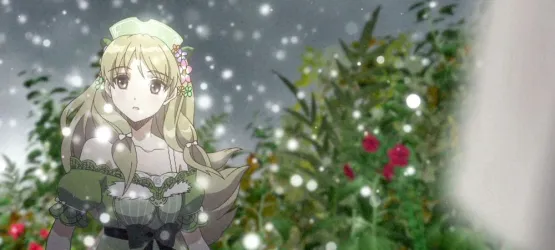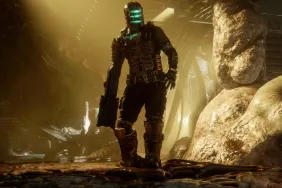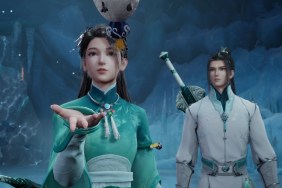In the interest of full disclosure, I should state up front that I’ve never played any of the Atelier series of games. However, that really doesn’t matter all that much when you consider that Atelier Ayesha: The Alchemist of Dusk is the first game in a new Atelier series. For those who are as clueless as I was, the Atelier franchise has found a cult following here in west despite there being thirteen entries in the franchise prior to this release. This is also the first entry in the series to be published by Tecmo Koei instead of NIS America. Normally, when publishing rights change hands, it’s a time to reflect on what made the series special to those loyal legions of fans while at the same time reinventing the game for a new and, in most cases, wider audience. Indeed, Ayesha feels like a brand new start for the franchise and something that developer Gust should build upon. Unfortunately, it also feels like too much of a transition piece.
But I’m getting ahead of myself. Atelier Ayesha: The Alchemist of Dusk is your usual turn-based RPG with a very decidedly anime aesthetic. Ayesha Altugle, the game’s principle protagonist, is a country apothecary who seems content to while away her days mixing medications and selling them to the various merchants that should happen by her shop. One day, while visiting her sister Nio’s grave, she sees an apparition of Nio. And in probably the most convenient manner possible, an academic, nearby at the time, informs Ayesha that her sister could still be alive, thus beginning Ayesha’s quest to save Nio.
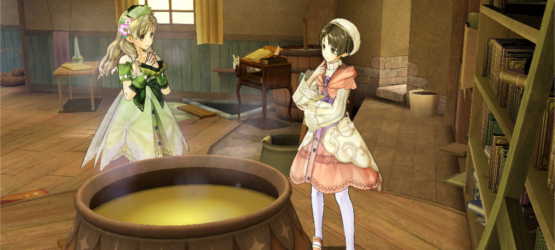
While the narrative is paper thin in terms of its concept, it results in a game that is light-hearted with jaunty music and a vibrant use of colors. Even the enemies in the game don’t seem all that ferocious and will more than likely cause your Pokemon or Viva Piñata glands to start secreting at the mere sight of them. This is a departure from other Japanese RPGs which can come off as heavy-handed. Given the simplicity of the narrative, the focus shifts to the actual gameplay. For the most part traveling around the world map is dumbed down immensely in an almost, dare I say, Super Mario World style map in which you can’t freely roam around the world at large, but are relegated to roads and avenues with points of interest, explorable areas, and cities marked. It’s definitely a huge departure from games like Final Fantasy or a Skyrim where player agency is a much larger factor in exploration and pathfinding.
Another casualty of the shallowness of the narrative are the characters themselves. While the game should be applauded for making women the central heroes in a conflict, they unfortunately play on many of the usual tropes inherent to RPG character designs. There’s Bell who’s a witch (read: mage), there’s Regina (read: melee fighter), Ayesha (read: healer/item user) and so on. Moreover, the characters are all flat, and take everything in this matter-of-fact manner that somehow, even given the loose constraints of the world at large, manages to strain the suspension of disbelief.
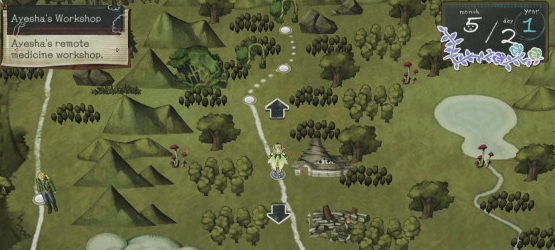
In the cities that you do come to throughout the course of the game, there are safe houses where Ayesha can practice her alchemical skills using her cauldron. The alchemy aspect of the game is very important. So much so in fact, that Ayesha gains levels in it separate from her combat levels. Alchemy factors into every facet of the game’s design. Materials gathered in areas can be mixed alchemically according to new recipes which you gain access to from books and based on level progression. There’s a huge amount of depth to the magical mixing, and it can lead to some interesting item combinations that can really help in combat.
The combat has some tactical elements. Each character has an action bar that builds-up each time they’re hit or use an action. Filling the bar allows a character to perform special actions such as blocking the damage for a teammate or performing follow-up attacks on enemies that an ally strikes. Characters can also move around the battlefield to situate themselves behind an adversary so that they can perform back attacks that increase the damage done and also increase critical hit rates. Unfortunately, while fighting enemies will level up your characters, it won’t fill your pockets with loot or gold. Which leads to Ayesha’s most egregious problem.
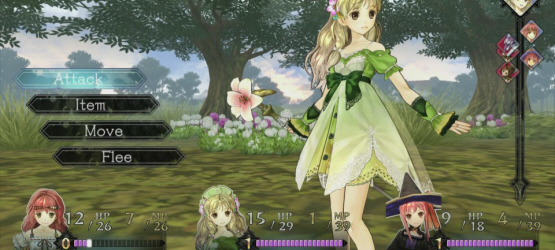
Side quests are the primary source of gold within the game. Unfortunately, these side quests rarely task you with something challenging or interesting. Instead, the vast majority of them are fetch quests, and sadly this is where the bulk of the alchemy mixing comes into play. You’ll meet people in cities who need certain items that you’ll either have to find or craft in order to give it to them. Since combat only yields about 2-5 coins per battle (if that!), you’re pretty much required to do the side quests to have enough money to buy important items from the shops. It’s a real drag and speaks volumes about the lack of well-written and well-designed quests that an RPG like this demands.
All of these aforementioned elements all take time. At the outset, the game tells you that you have 3 years to rescue Nio. Even the act of mixing one item takes a day and traveling long stretches of the map takes even longer. You’ll realize very quickly that the game is less an epic spanning journey and more about time management. I realize that the reason for the clock was to add a sense of tension, but it ended up just upsetting me since I really wanted the freedom to explore areas at my leisure. Instead, the clock limits your exploration (assuming you want the good ending) and also makes the narrative move at much more rushed pace. It also penalizes you for making mistakes such as dying which seems at odds with the idea of trying to bring new people into the franchise.
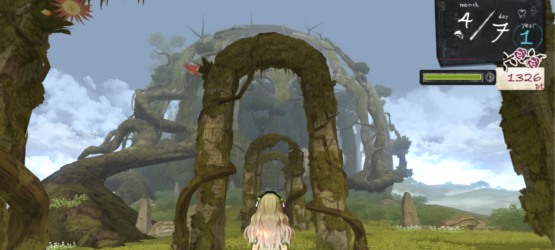
While I’ve mentioned most of the major pros and cons of Ayesha, I would be remiss if I didn’t mention some of the technical aspects as well. First, the character art looks great and conveys the right emotion during conversations and cutscenes. However, many of the environments are flat shaded, eschewing even a simple texture. One would be able to give this a pass if it was a measure to speed up the frame rate or optimize some other engine related issue, but, even with environments and skyboxes that look like they fell out of a PS2, there are still areas where the frame rate chugs. The game is also punctuated by far too many load screens as moving from one area to another always encounters a load. It would have been nice if the game streamed in larger sections of the world before a load was needed, but considering the previous issue I mentioned I’m not surprised.
Taken as a whole, Atelier Ayesha: The Alchemist of Dusk is a very hard game to recommend, especially given it’s full $60 asking price. There are some truly fantastic ideas that are here, but the whole thing feels like it should have spent much more time in the design phase. The game’s dearth of compelling content makes the experience a chore, and it’s hard to empathize with any of the characters in any meaningful way. Still, I have no doubt that hard core Atelier fans will dive-in headfirst. Hopefully Gust can use the foundation laid down here for something better next time that compels more players to jump into the franchise. With further refinement it could join the ranks of Persona or Final Fantasy.
-
Alchemical mixing is engrossing and deep.
-
Character art is vibrant and emotive.
-
Music is jaunty which compliments the narrative's light-hearted tone.
-
Drab environmental textures.
-
A game clock that makes exploration difficult.
-
Paper thin narrative and lack of character depth.
-
Fetch quests, fetch quests, and more fetch quests!
